When Boris Johnson’s government announced in November last year that sales of new petrol and diesel cars would be banned in the UK from 2030, and that plug-in hybrids would be gone from showrooms by 2035, the heart rates of car enthusiasts everywhere rose several notches.
In the 130-odd years since buying a car became possible, timing a purchase and choosing a model have become a buyer’s inalienable rights. But now, suddenly, we who love owning, driving and just thinking about cars are feeling a new pressure to have a ‘by 2030’ strategy – either to join the electrified throng and experience the future early or to stay with internal combustion cars until we’re forced at last to change, or something in between. It has been a new and unsettling experience.
All of which is why Autocar has decided to suggest a way forward for four different kinds of car buyer: the early EV adopter; the latest-possible EV adopter; the one who is aware that EVs and charging infrastructure keep improving and would prefer to move at the ideal moment; and the EV convert who seeks the best possible driving experience.

First, though, it’s important to understand that the pressure to decide isn’t as great as it seems right now. There are around 40 million cars and light commercial vehicles on Britain’s roads, overwhelmingly petrol- and diesel-powered. Given that modern cars can easily last 20 years and statisticians say it takes roughly 20 years for the current car parc to ‘work through’, many of the cars around you now will still be in full use in 2030. The car you choose in the next few years has the potential to take you a decade beyond the ICE deadline.
Even by 2030, when all new cars are fully electric or at least heavily electrified, three-quarters of the vehicles on Britain’s roads will still be motivated by internal combustion. EVs are unlikely to achieve a majority before 2040.
Through the 2030s, there will be a healthy supply of used petrol and diesel cars, including manufacturer-approved models. Supplies of liquid fossil fuels will be available well beyond 2040, although neither oil firms nor the exchequer will have much interest in making them cheap.
However, for those who prefer to continue buying new ICE cars, a more urgent problem looms: the Euro 7 exhaust emissions standards, which are likely to add considerably to the build cost of virtually any engine. The specifics of the new standard are due to be revealed by the EU this year, and implementation is likely by the end of 2025. Three versions are being considered: a ‘light touch’ standard and two that are more draconian – with draconian the likelier outcome.
A popular industry view is that Euro 6 (enforced since 2015) has already reduced toxic exhaust emissions to such low levels that any next step will contribute little more. Both Renault boss Luca de Meo and Audi chief Markus Duesmann are on record as suggesting Euro 7 is a huge technical challenge with little benefit for the environment.
Some commentators have suggested that the new Euro 7 proposals will require so much more on-board technology that they could double the manufactured cost of an engine. The European authorities argue that their sole objective of making such a move is to reduce pollution, but an opposing view is that the new standard is really a means of ‘encouraging’ straggling car makers to embrace EVs wholesale. It’s certainly likely that model ranges of conventional cars will be radically trimmed beyond 2025.
The arrival of Euro 7 plus the steadily falling cost of EV drive batteries suggest that the prices of equivalent ICE and electric cars – the Volkswagen Golf and the Volkswagen ID 3, for example – will cross over in four years’ time or perhaps even a little sooner, with the EV thereafter having the price advantage.
The change to EVs is irrevocable, but the ways that individual car buyers choose to adapt can still be very different. So here are our four approaches.
Strategy one
For: There’s already a very good selection of electric cars available, and some of them are into their second or even third generation so are proven products. The Nissan Leaf is a good example: at 10 years old, it has both greatly increased its performance and nearly doubled its cruising range (in the biggest-battery model) since its launch. The choice of size and style gets wider all the time, and the world’s biggest automotive names are now involved. Most EVs have at least a three-year mechanical warranty plus more like eight years’ cover on the battery, and their residual values are extremely strong and likely to remain so.
Against: The advance of EVs will continue at breakneck speed, with lithium ion batteries’ energy density likely to improve further (a 5-10% improvement per year is often suggested). There’s also a suggestion from those deeply involved in the research that the long-awaited solid-state battery could emerge lighter, smaller and more powerful in the mid-2020s. The hedge against this is to get an EV via PCP or PCH and then step lightly into a more advanced EV later. Other disadvantages? The availability of public charging is still an issue and convergence of payment methods is needed for newcomers to EVs to have true peace of mind.
Cars to consider
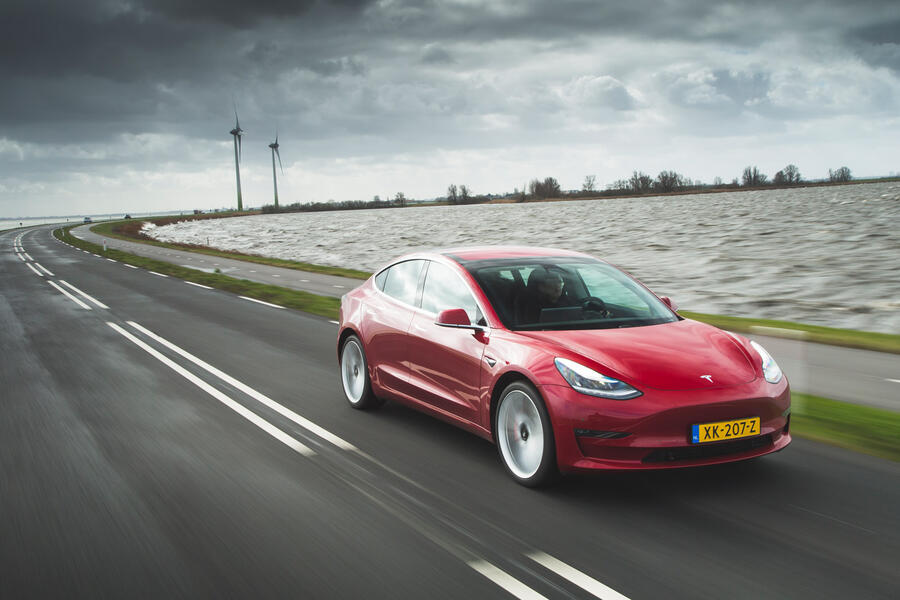
Tesla Model 3: The best and most affordable Tesla so far, which grants you access to the firm’s excellent Supercharger rapid-charging network. It’s at its best in Long Range guise.
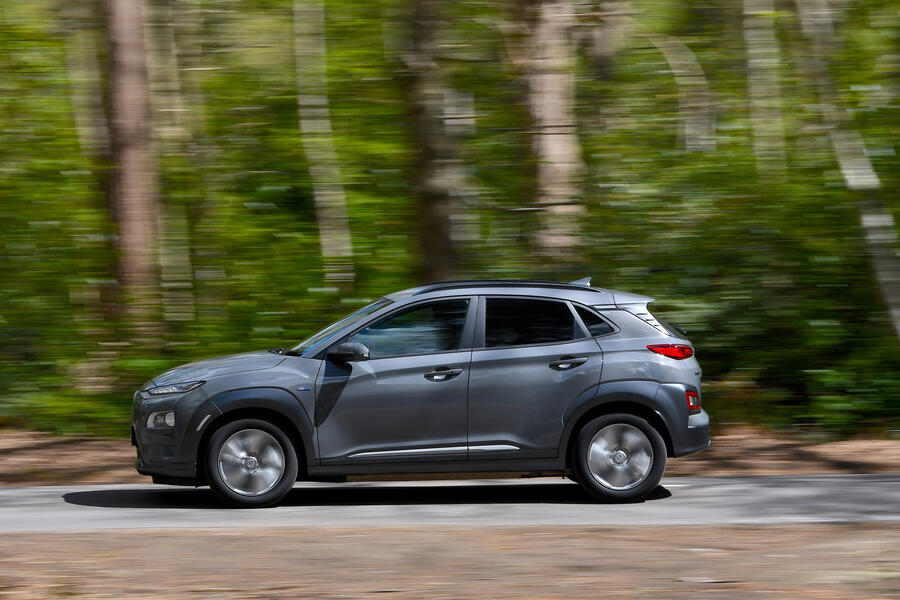
Hyundai Kona Electric: This electric crossover offers a long range (particularly in 64kWh form) and a five-year warranty – not that it needs it, being famed for reliability and build quality.

Ford Mustang Mach-E: The first proper electric Ford delivers a very decent range and generous kit inside, while also living up to its iconic name from the driving point of view.
Strategy two
For: Your plan makes sense: waiting improves your buying options as more alternatives in more classes come onto the market and motor and battery performance improves. We’re moving into an era where performance and touring range are starting to converge.
However, by delaying your EV purchase, you might be able to take advantage of the recent and continuing fall in battery costs. This has been visible in the way that car makers have recently been fairly easily able to drop prices to maintain their eligibility for the government’s £2500 subsidy on sub-£35,000 EVs, already twice reduced since its introduction in 2011 at £5000 a car.
One way to evaluate whether an EV suits your lifestyle is to use a subscription model, says Hyundai UK president turned independent industry expert Tony Whitehorn: “Companies like Drover, Elmo and Onto enable people to do this with no deposit or long-term commitment.”
Against: You will need fine judgement to predict when exactly the government will stop subsidising EV purchases. Such changes are rarely telegraphed and the number of eligible cars is rising fast. In any case, we would suggest that you make your EV move before the implementation of the Euro 7 emissions standards, which will drive the costs of new petrol and diesel cars even higher. Broadly speaking, we would therefore suggest making an EV commitment around 2025.
Cars to consider
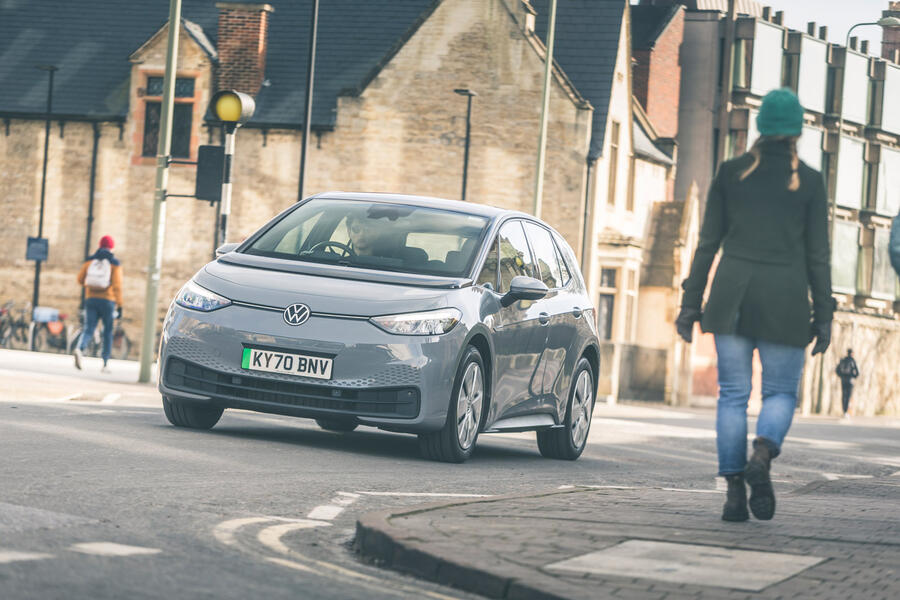
Volkswagen ID 3: The first of Volkswagen’s electric ID family was carefully designed to provide just the kind of car that the Golf faithful will need. Options improve versatility.
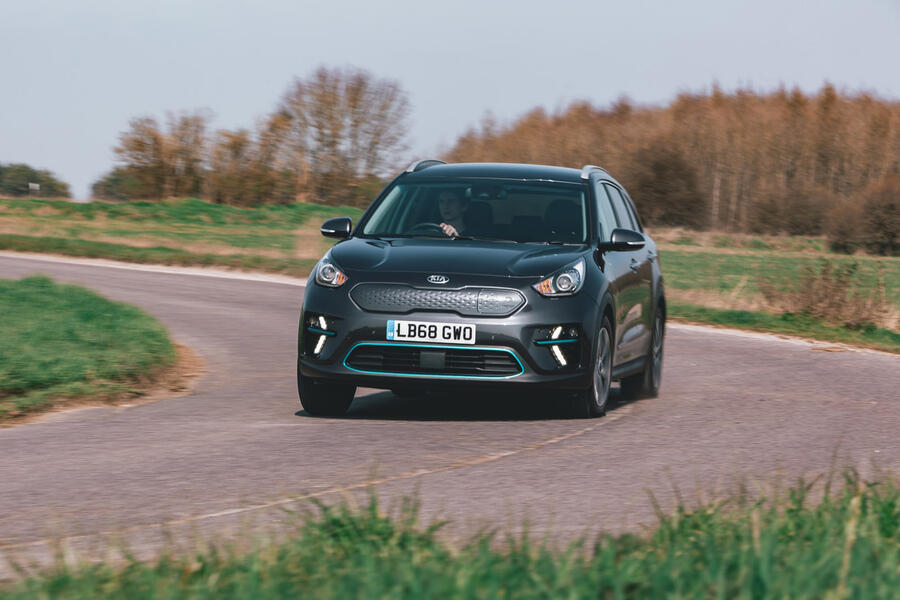
Kia e-Niro: This family-sized crossover is the oldest of this trio, yet its size, price and range still really hit the spot. It also comes with a market-leading seven-year warranty.
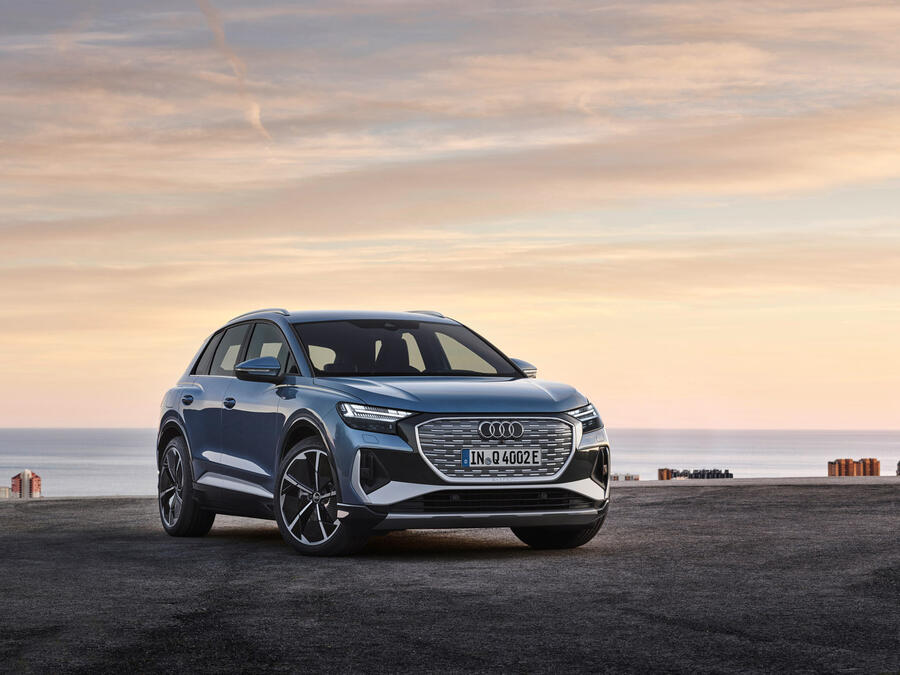
Audi Q4 E-tron: Audi’s first mainstream EV, built on the Volkswagen Group’s MEB platform and aimed at the masses – or at least those who can stand a price of at least £40,000.
Strategy three
For: In some ways, EVs have the credentials for a natural driver’s car. They tend to be smooth and effortless, they usually have abundant accelerative potential, their major mass is centred between the wheels and very low down and their deployment of torque is very precise. The same goes for their regenerative braking, which is often adjustable. EVs have definitely democratised performance, since with them it’s most keenly felt at low speeds.
Against: Sustained high-speed driving cuts an EV’s range well below the WLTP figure. EVs are heavy, too, so you can’t throw them into corners with the impunity of lighter combustion cars. (If they do slide, all that mass can make it a scary event.) Their wheelbase tends to be long to provide maximum floorpan space to accommodate a battery – an additional curb on agility. Another problem is the lack of engine noise. This can often be synthesised to your liking in a car’s infotainment system, though. (And remember, before you ditch the idea too quickly, that car makers have been ‘tuning’ engine sounds via specially shaped airboxes and bulkhead-mounted ports and amplifiers for decades.) As enthusiastic drivers are likely to use up their energy quicker than others, one fact to consider is charging time, rather than range. The Tesla Model 3 is best today, being able to accept 160 miles’ worth of juice in 10 minutes, but others are much slower. Tomorrow’s solid-state batteries are meant to do much better.
Cars to consider
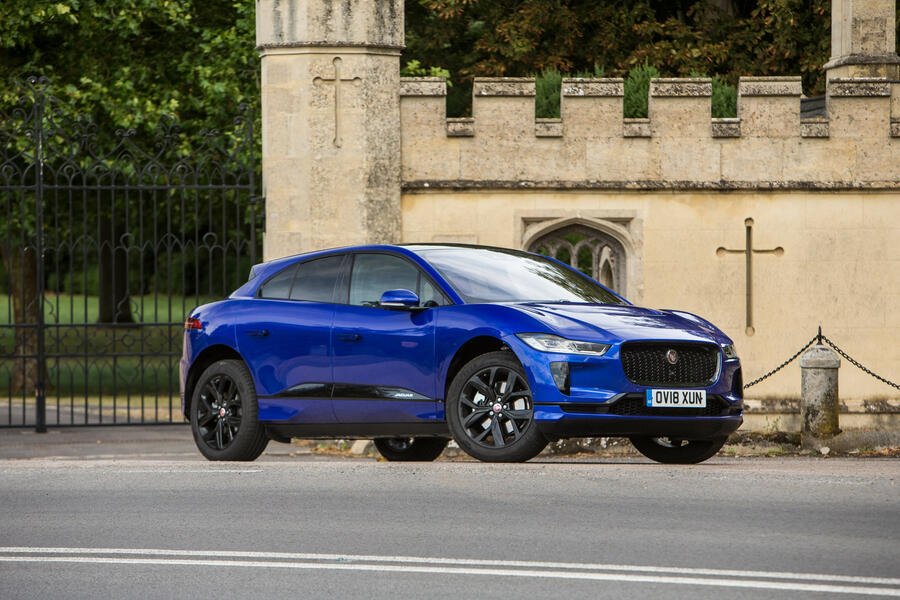
Jaguar I-Pace: Jaguar insists that this is an SUV, but everything about its performance, driving position and handling says driver’s car. Plenty are available used.
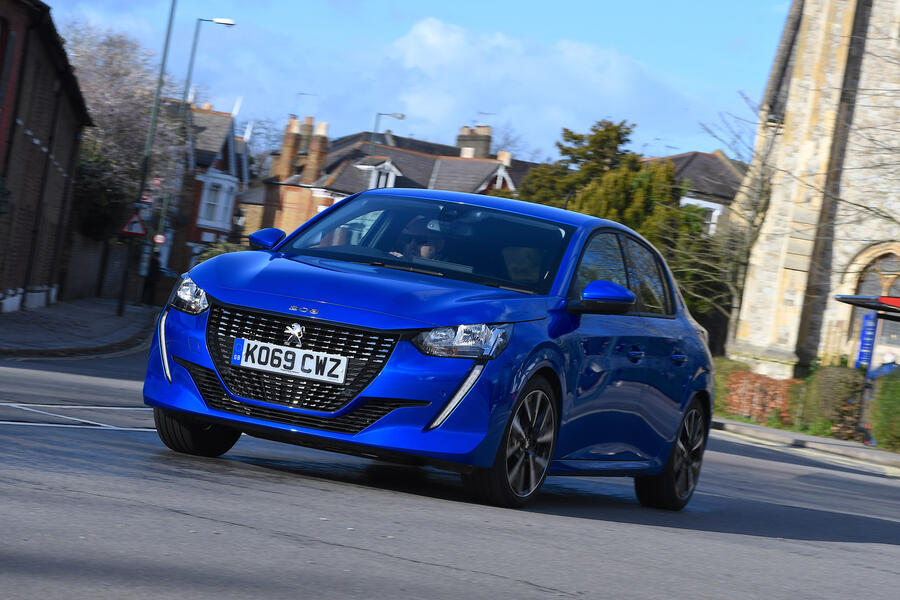
Peugeot e-208: The first serious attempt to blend affordable EV advantages with a sporty character. It has great on-road ability yet also a range exceeding 200 miles.
Porsche Taycan: This performance saloon is the ideal car to show how EVs can be as enjoyable to drive as familiar types. Choose the rear-wheel-drive model, which still goes hard but has more adjustable handling.
Strategy four
For: You will be popular at dealerships for the time being. Dealers will have plenty of stock to suit you, and there are many superb cars on offer. When ICE cars start disappearing in the second half of the decade, your choice will be more restricted, mind. But we have a solution for you: many households have more than one car and not all journeys are optimal, so why not consider a short-haul EV to add convenience for lesser motoring events and keep your Range Rover or Ford Mustang V8 for special occasions? That way it will last longer.
Against: Something that could help as well as hinder you is the arrival of the Euro 7 standards mid-decade. The extra costs and compliance difficulties it brings could quite dramatically cull the number of ICE models on offer and add cost to those that survive. Some car makers might be saddled with Euro 6 stock that will need clearing, making your 2026 car choice cheaper. Another option, according to Tony Whitehorn, will be to buy an exciting used car. “By 2040, there will still be as many ICE cars on the road as EVs,” he says.
Cars to consider
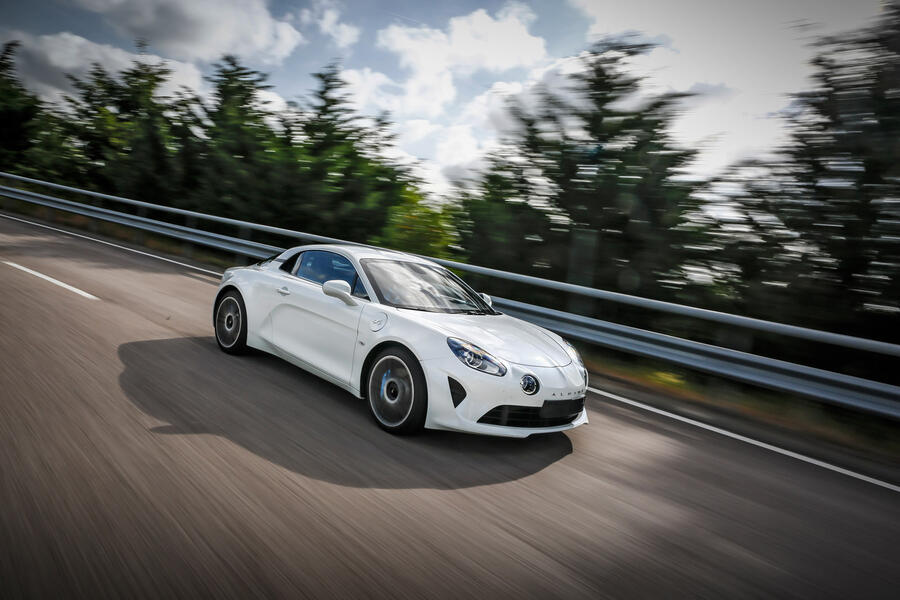
Alpine A110: This is the one recent conventional car that depends very heavily for its excellence on lightness, which is a rare commodity among EVs. It will always be special.

Honda E: This supermini is the kind of EV runabout that even traditionalists can enjoy and that will allow life with our other picks here to be extended for as long as possible.
Ford Mustang: This hugely entertaining old-school classic, with its atmo V8 and manual gearbox, is on borrowed time already and is unlikely to clear the Euro 7 hurdle.
Conclusion
The EV era is definitely coming, and perhaps even sooner than expected if the potentially punitive Euro 7 pollution standards come to pass middecade. We’re all going to be electric car drivers sooner than previously imagined – but that’s no disaster. While EVs and infrastructure improve fast, much of the traffic that we see in 2030 will look familiar, liquid fuel will be plentiful (if pricey), fit used ICE cars will still be around and nobody will force you to sell that Triumph Stag or MGB you have tucked away in your garage. Even so, we’re about to see the biggest, fastest and most expensive change to the carscape in the history of mobility. The trick is to make it work for you.
Big questions answered
Insiders insist that the government has its best brains at work providing answers to the following. We look forward to seeing some evidence of that…
Will petrol and diesel cost more post-2030?
There’s no certainty, but it seems very likely. Neither the government nor the fuel retailers will be interested in making petrol or diesel cheaper when there are fewer customers for it. However, future users are likely to include low-income families, so prices can’t be hiked too far. The exchequer currently receives nearly 60p, plus 20% VAT, from every litre of petrol.
How will the government make up for the fuel tax it will lose in the EV era?
Discussions so far have centred on various forms of tax designed to compensate for the estimated £30 billion decline in tax take by the time EVs predominate. Road pricing has been suggested, as well as a charge on power accessed through roadside chargers, but nothing is decided yet.
Do we know what kind of hybrids will be allowed on sale between 2030 and 2035?
There’s no clear guidance yet, but it seems certain that post-2030 hybrids will need a longer electric-only range than those of today – say 50-70 miles – and will be required to cruise in a selectable zero-emissions mode in cities.
Will owning a PHEV still make sense by 2030?
There’s no certainty that it will make sense. A plug-in hybrid will still have a long-range cruising advantage, but by then EV batteries and infrastructure will have improved considerably to reduce that advantage. What’s more, the Euro 7 standards will require a PHEV’s engine to be more expensive than it is today, because of its additional complex technology.
How long will the government's £2500 grant for cheap EVs last?
Despite complaints, it’s clearly the government’s view that when EV numbers begin to rise rapidly, as they did recently, there’s an opportunity to cut the assistance. We would therefore tip the grant’s disappearance or near-disappearance by 2025.
Is classic car ownership likely to be affected by the EV switch?
It appears not. The hobby is hugely popular and influential, and classic cars do tiny annual mileages. Changes to fuel cost and formulation will filter through to classic owners, although Brexit means we might not need to comply with some of the EU’s more difficult restrictions.
READ MORE
Analysis: UK’s ICE ban to have global impact

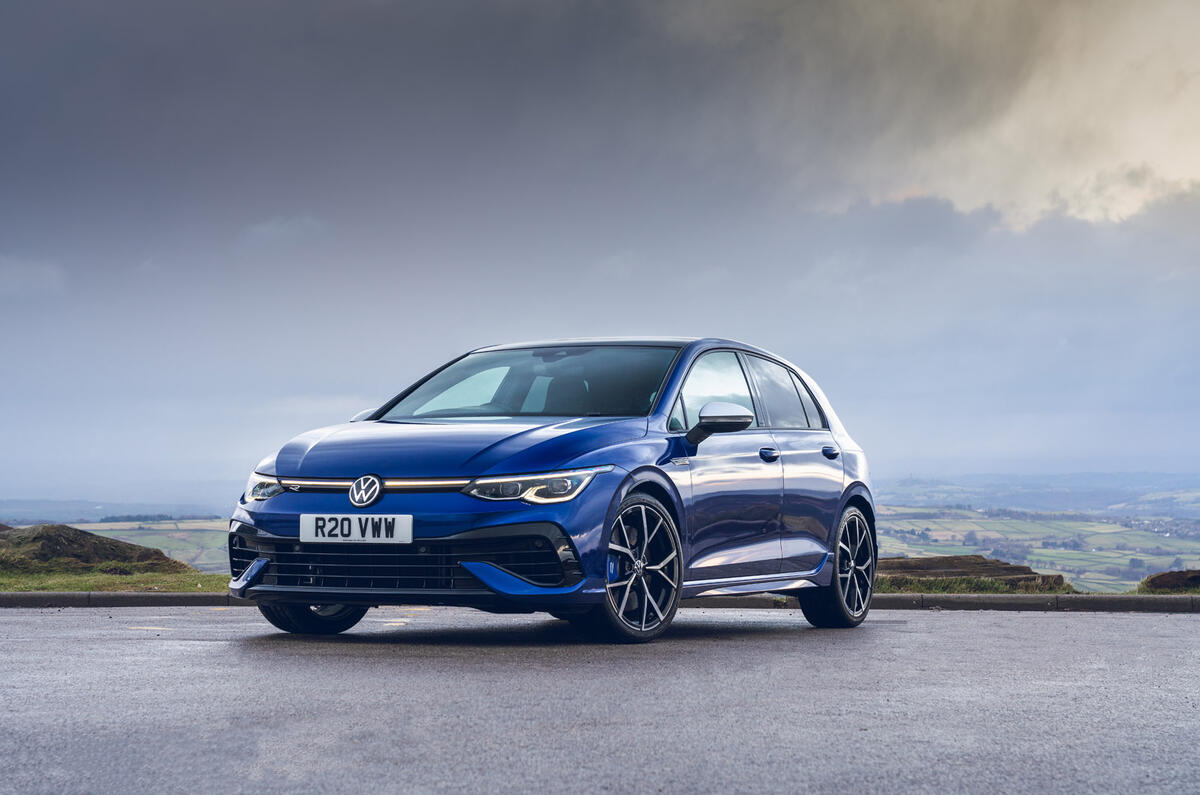
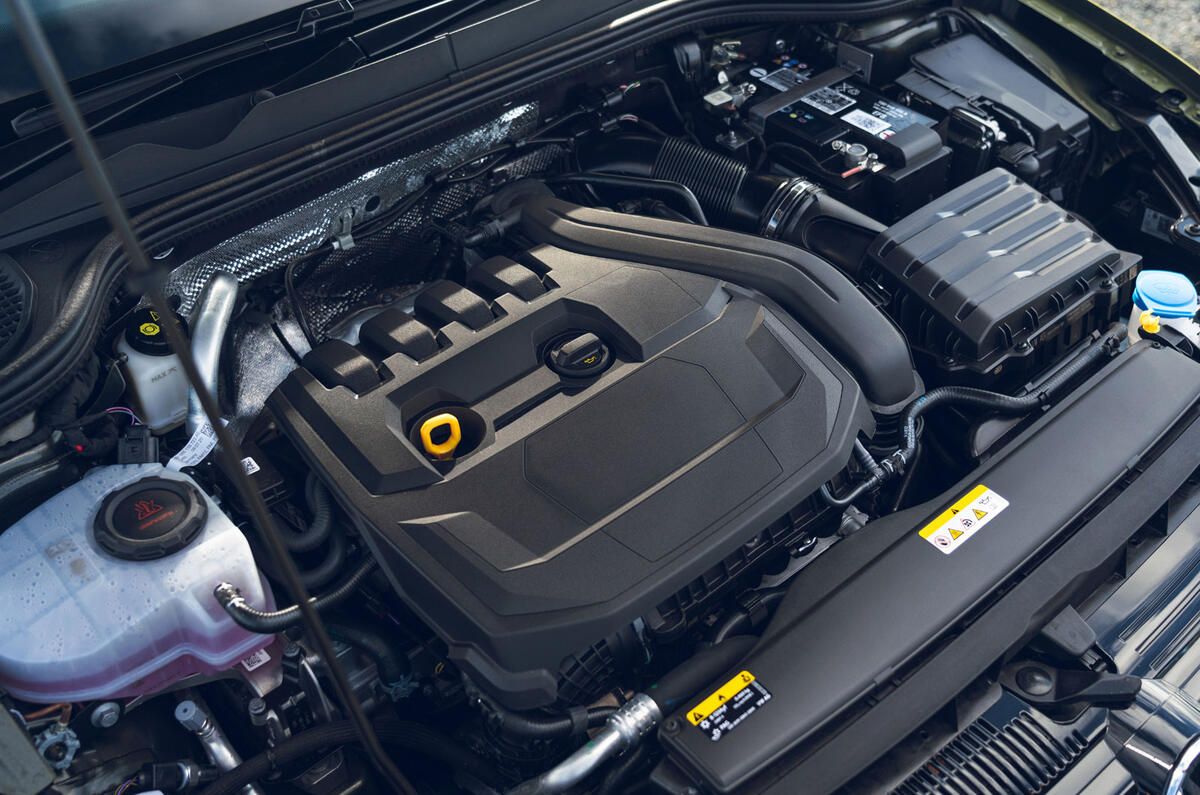
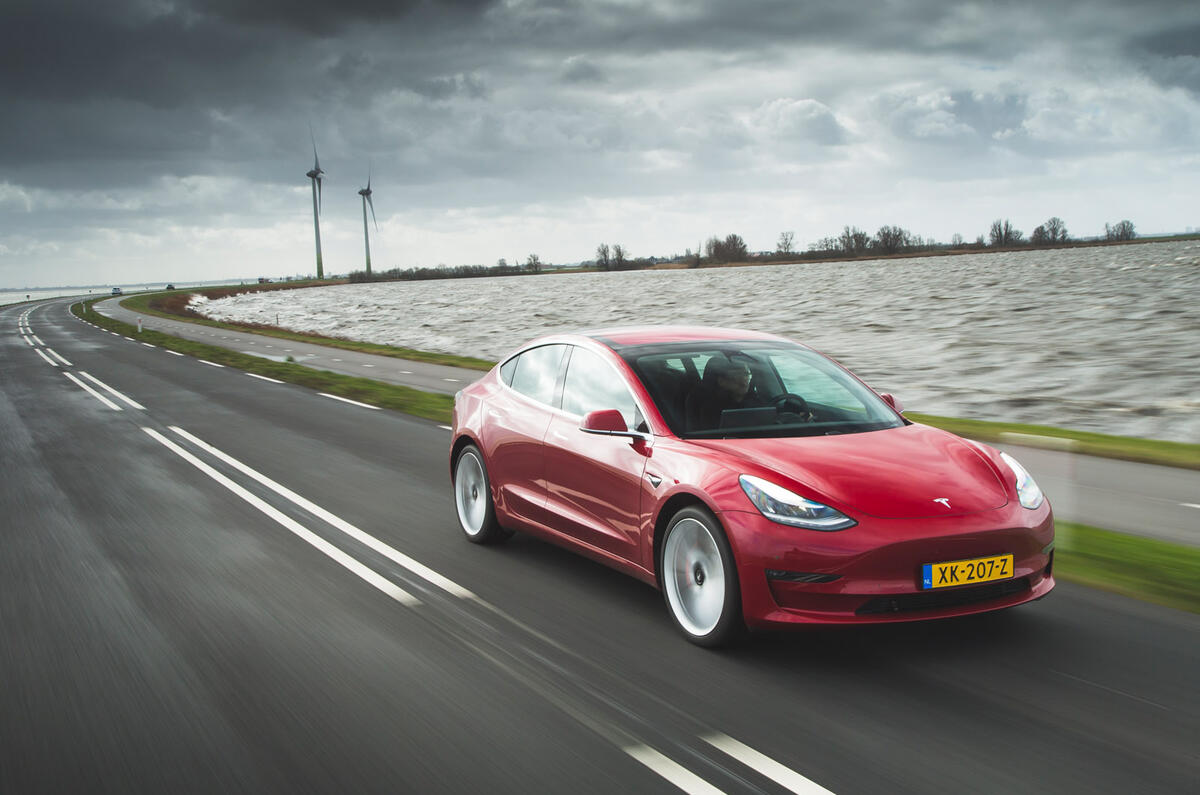
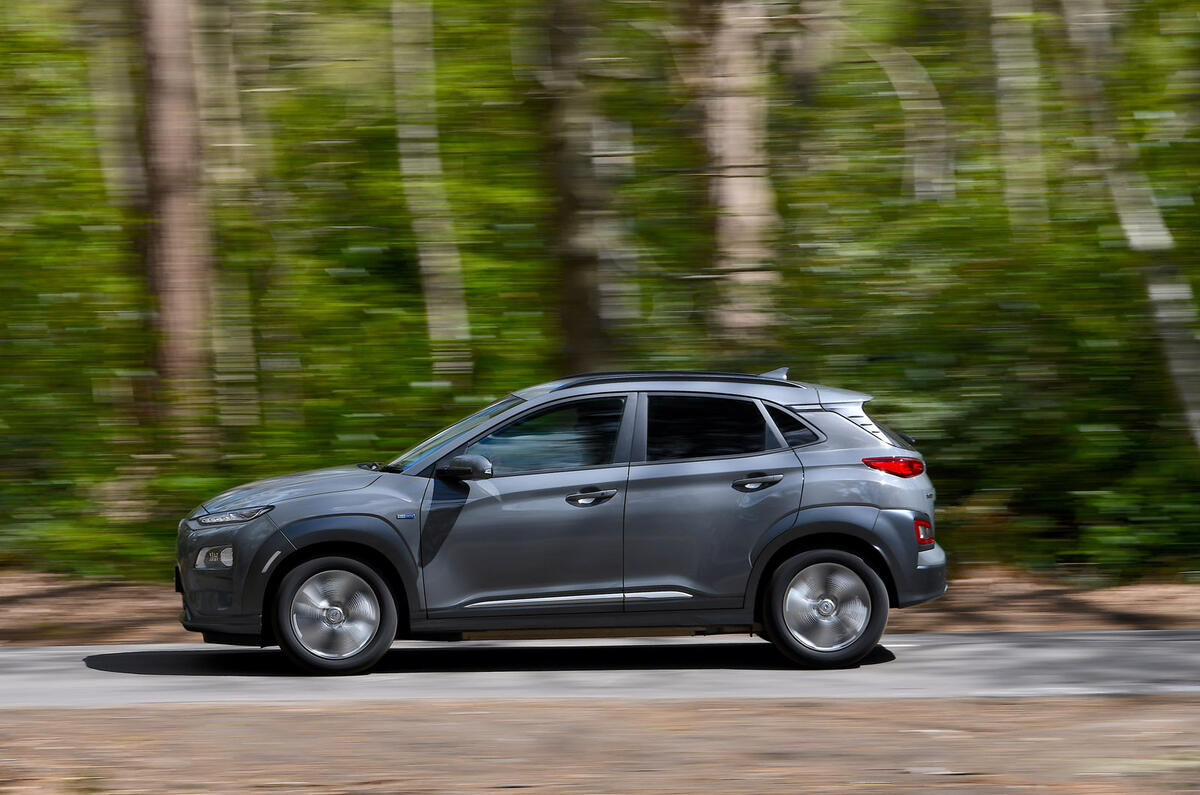
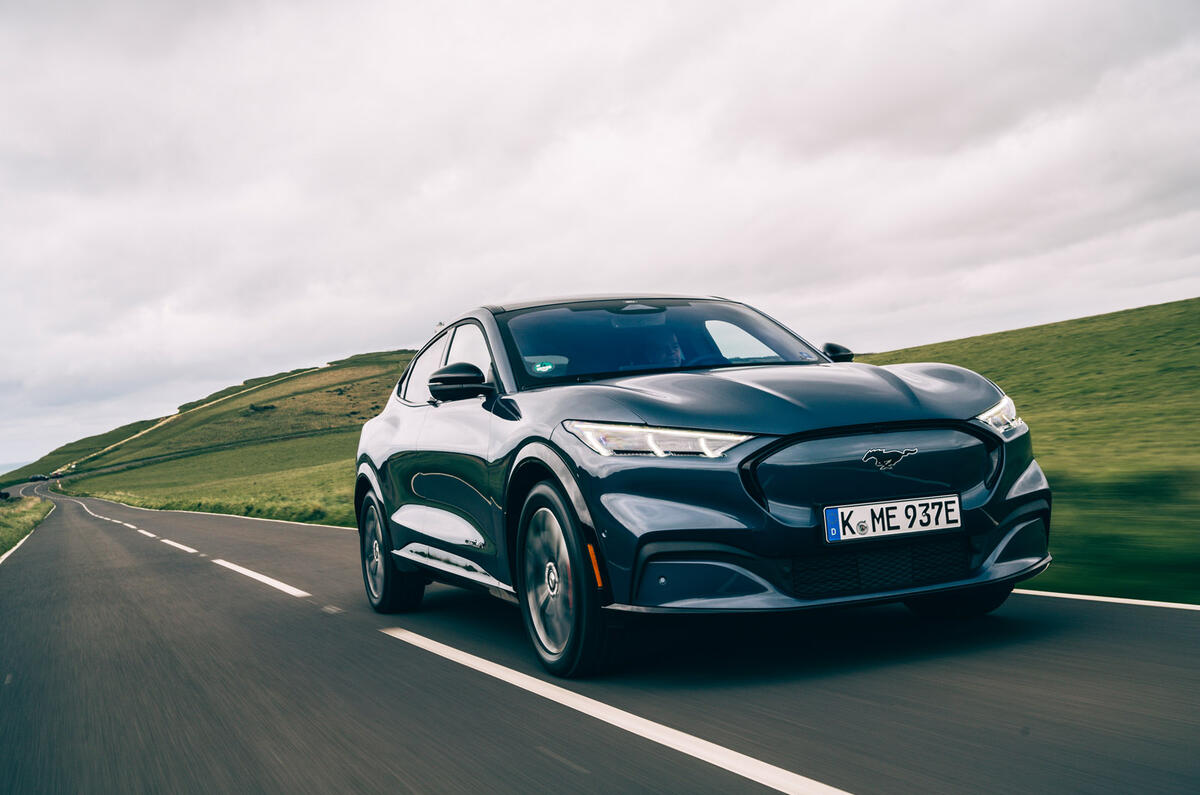
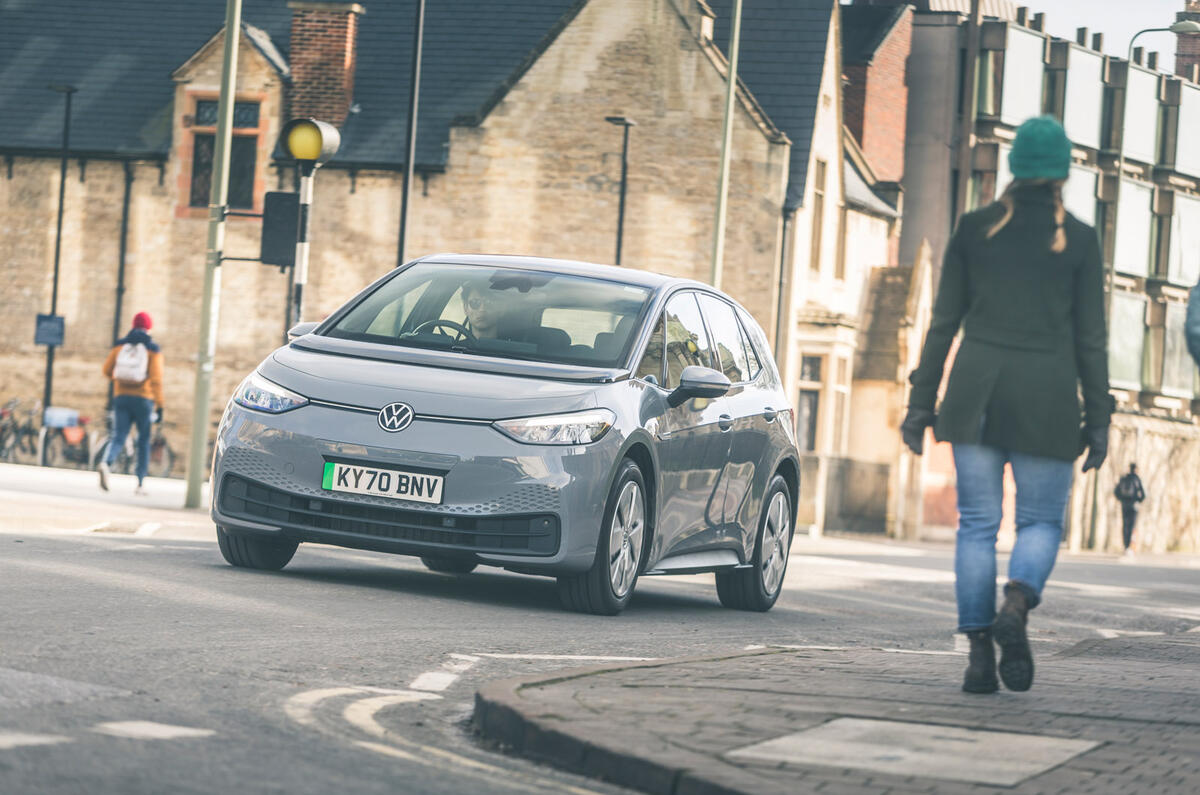
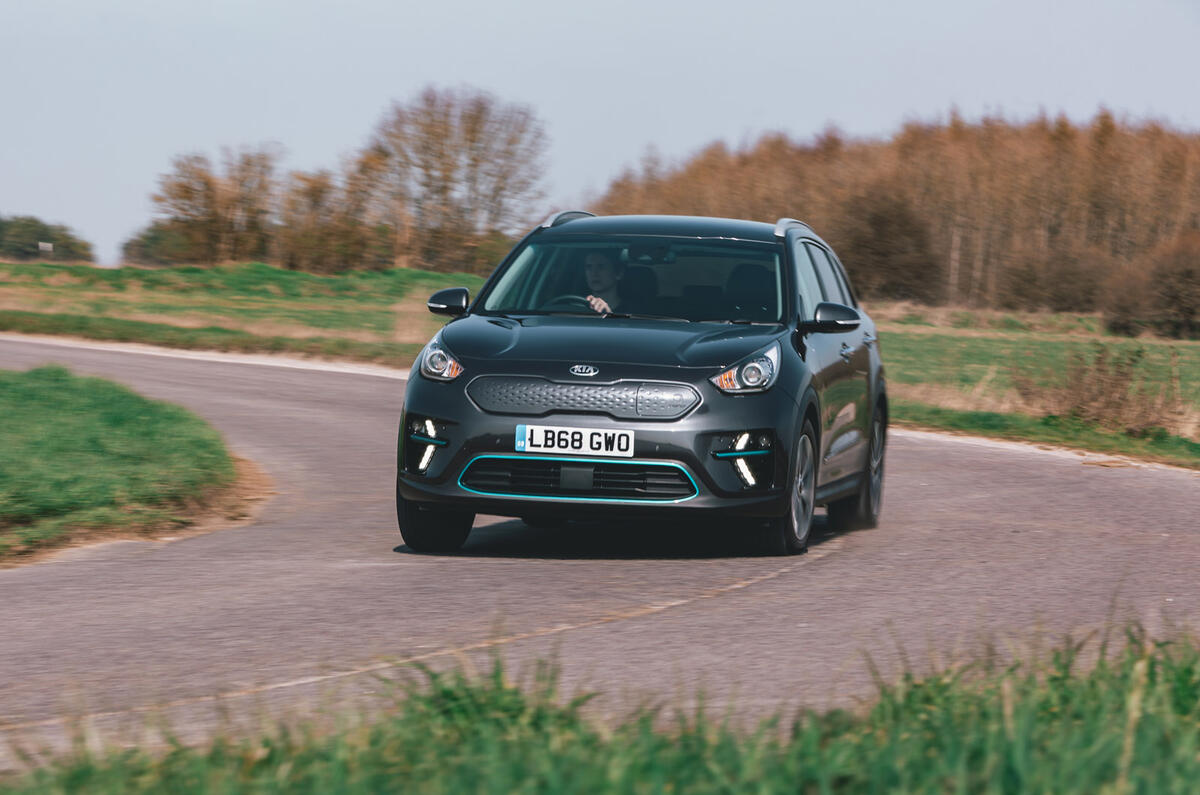
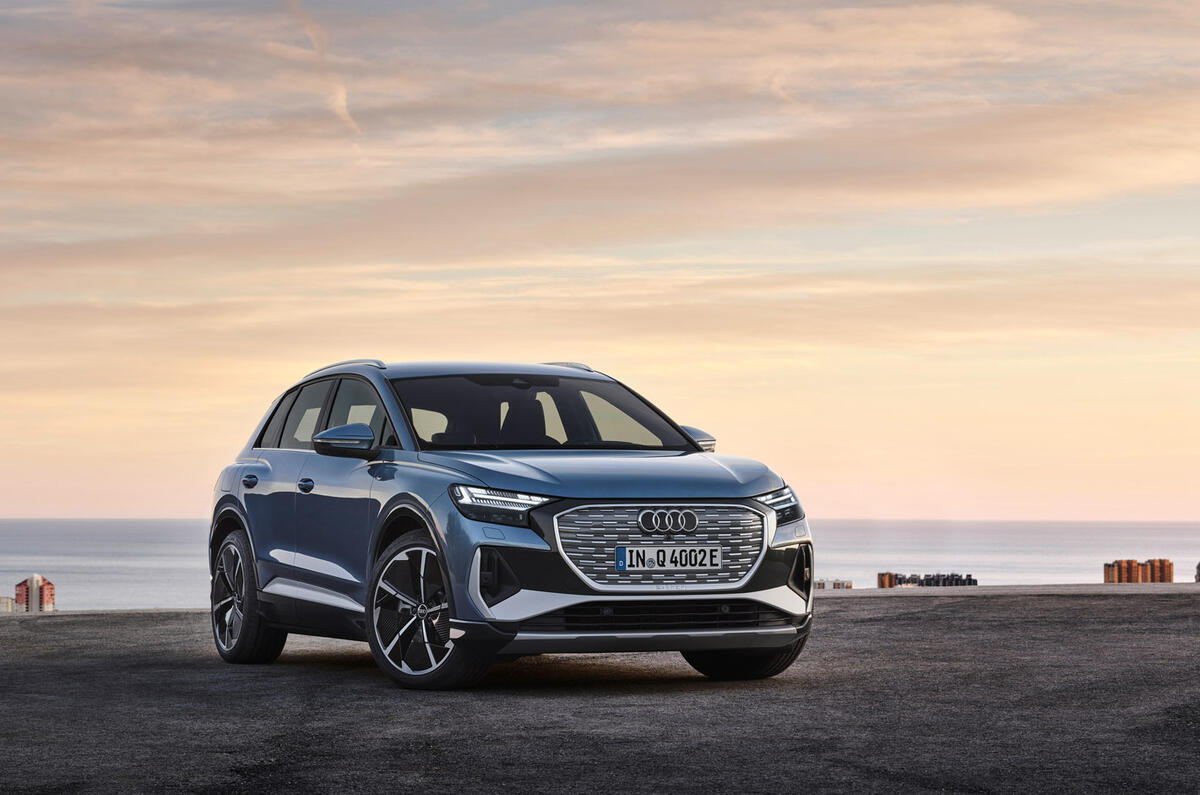

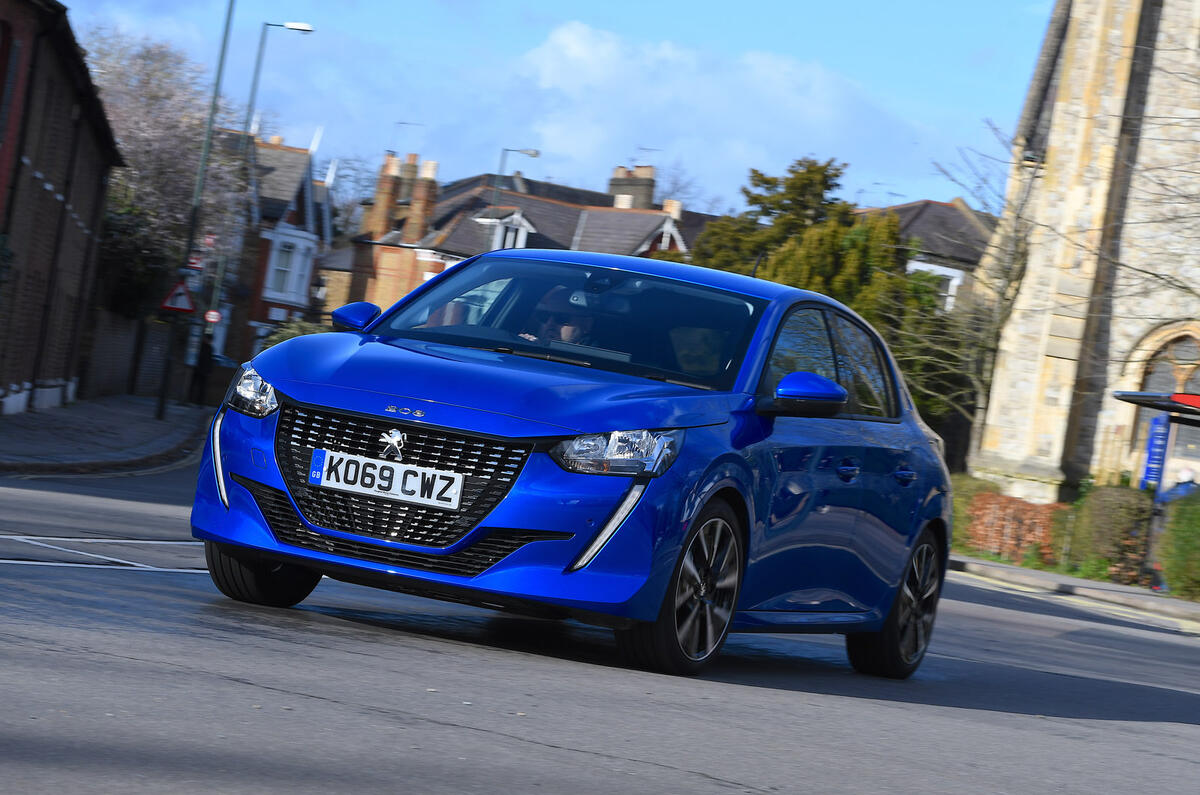
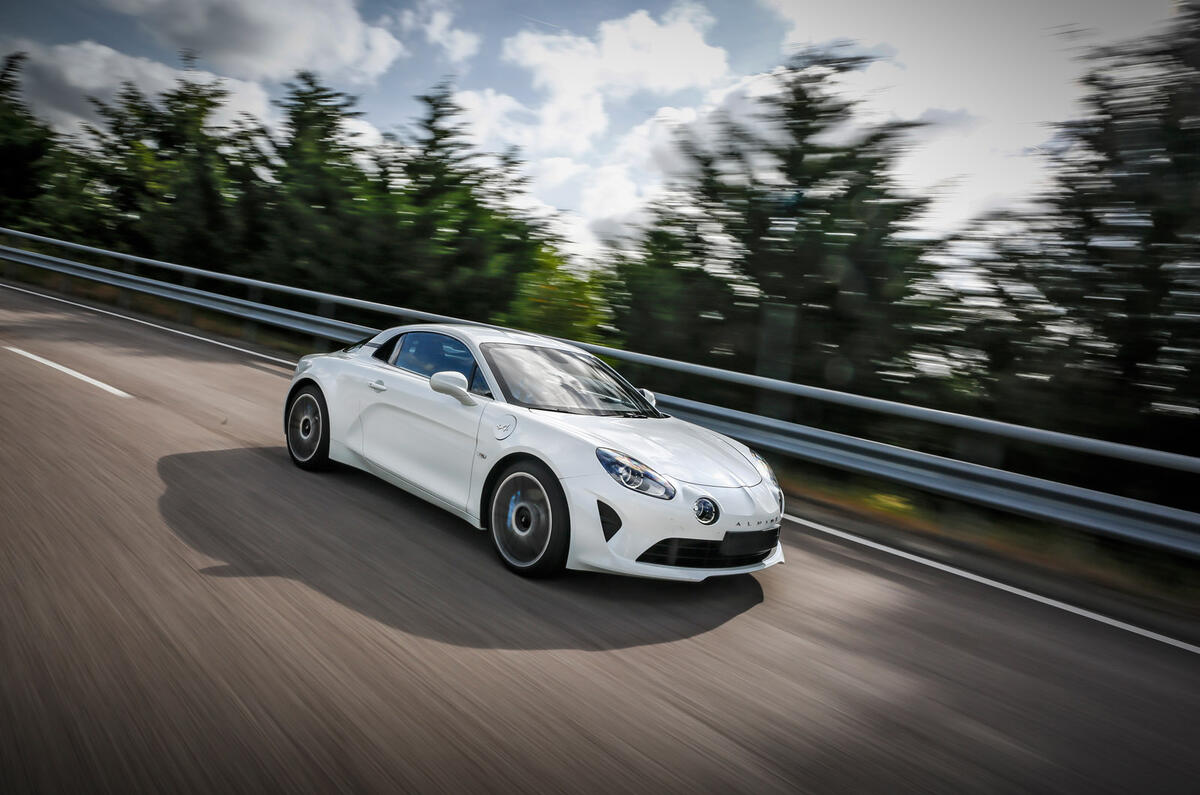
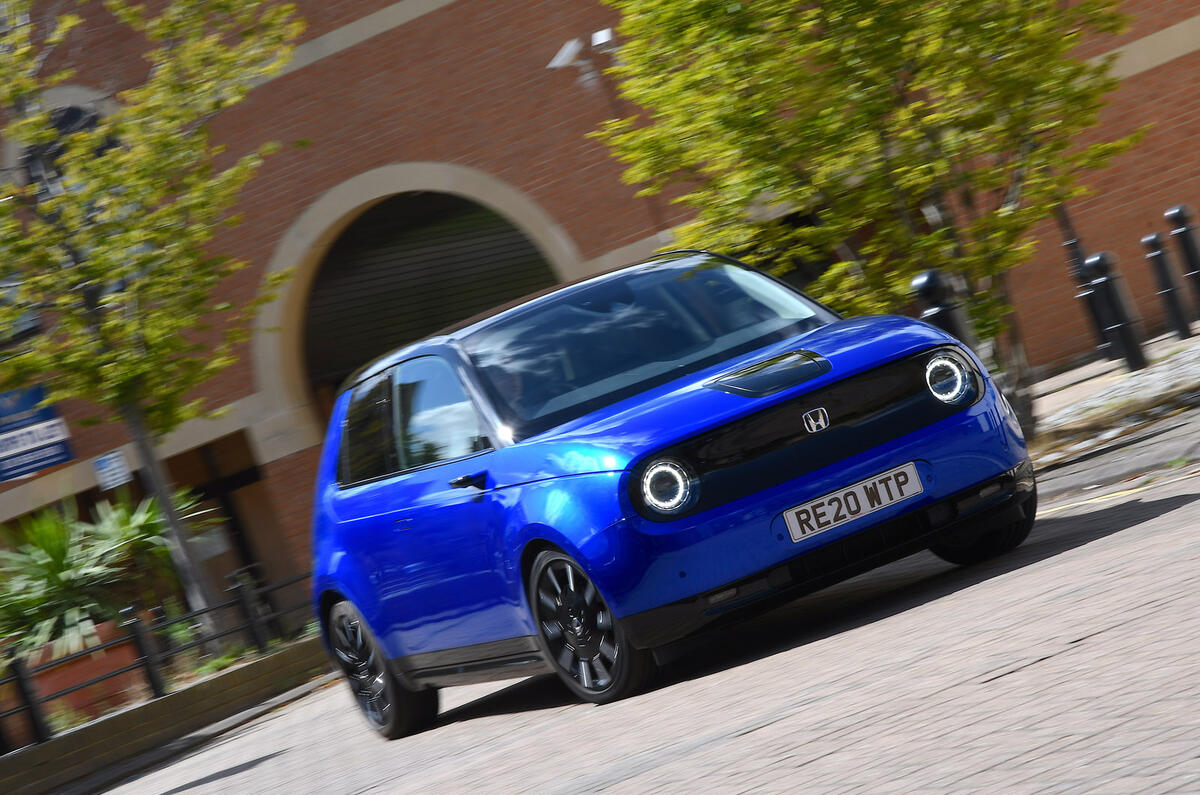
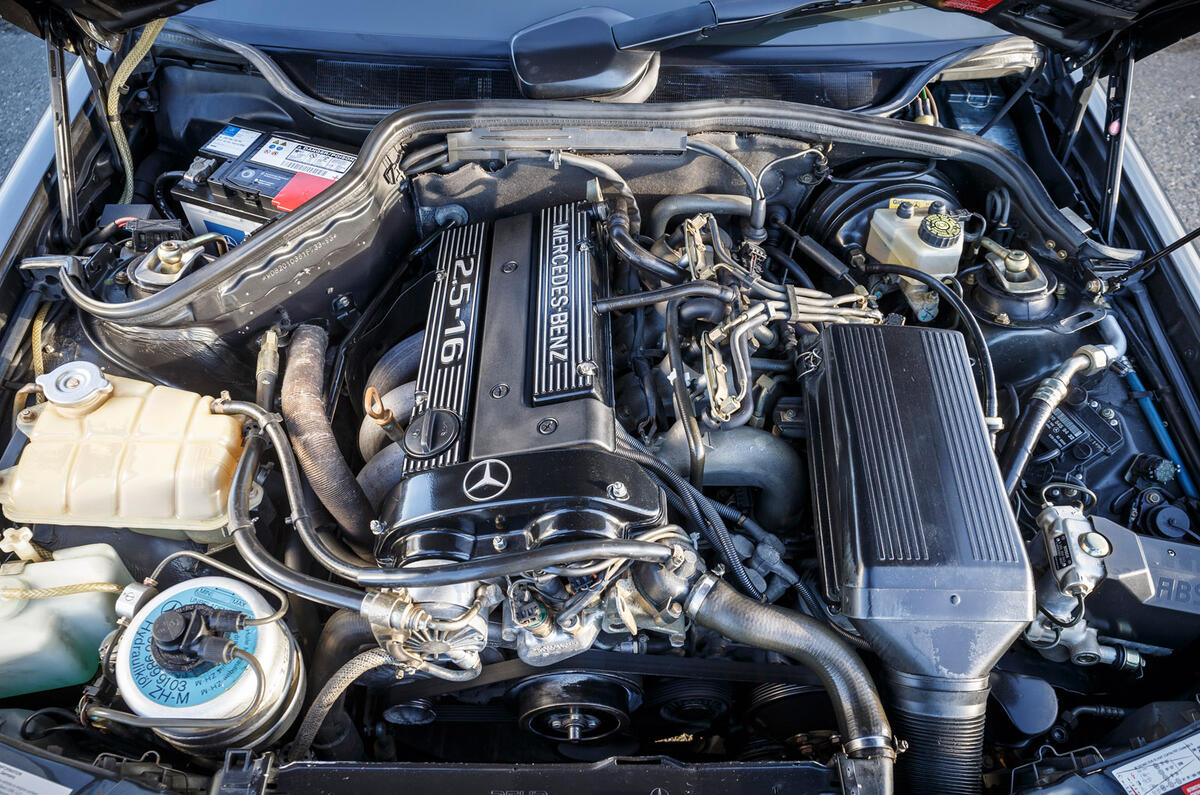
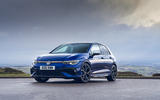
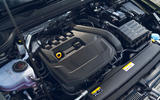
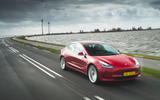
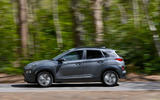
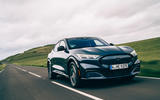
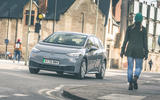
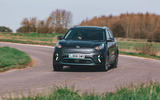
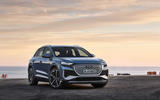
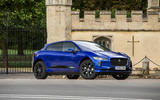
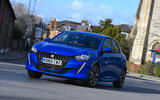
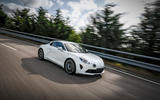
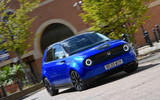
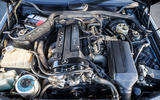






Join the debate
Add your comment
What about the 40% of motorists who live in houses where there is no hope of home charging? The government daren't start charging an arm and a leg for public charging as these people are usually less well off.
Most lampposts have bulbs that use about 60 Watts, so the wiring won't stand several lots of 7 kW chargers.
It's also said that most EV owners charge their car every night, so you can imagine the scramble for street chargers if they were installed..
At the moment , have an EV and an ICE Cars would be a good mix for me,and with the Pandemic our cars have only travelled about two thousand miles combined!, so, you'd say, just an EV then?, well, no, if we want to go on a Holiday, a staycation, we used to cover a few thousand miles,so an ICE Car would be preferable as until the EV infrastructure improves in terms of availability and reliability, I'm afraid I'll be do just that.
Apart from the current cost of EVs being an issue for many potential EV buyers, a major argument against buying an EV both now and probably for the next five years at least is that advances in battery technology will devalue most of the current EVs currently on the market (on top of the usual depreciation associated with age and wear and tear).
This is a real issue and you can see it playing out right now with EVs conceived and designed befrore, say, 2015. A good example is the BMW i3 - nobody wants them (and not just because of the quirky design).
This where the comparsion that is sometimes made between EVs (in their current form) and consumer devices (say, smart phones, tablets, and LCD TVs) is relevant. Although technical advances year on year with some of those devices has levelled off somewhat, there was a long period where annual or biennial new product launches devalued the previous models from the same manufacturers significantly.
Equally, with ICE cars, it's easy to see right now how advances in, say, crash safety systems and infotainment systems can add value to current models but also devalue the outgoing models from the same makers. This "unattractiveness" issue is being flagged more and more in reviews of cars built between, say, 1995 and 2015.
To some extent, car makers that are currently ramping up EV production would do themselves and buyers a big favour by designing their EVs so that electric motors and batteries can be replaced quickly and easily. This might help ensure that more of the EVs that will be going on sale over the next few years will have lifespans at least as good as the average ICE car.
Overall, my advice to anyone considering buying an EV before 2030 is to wait.